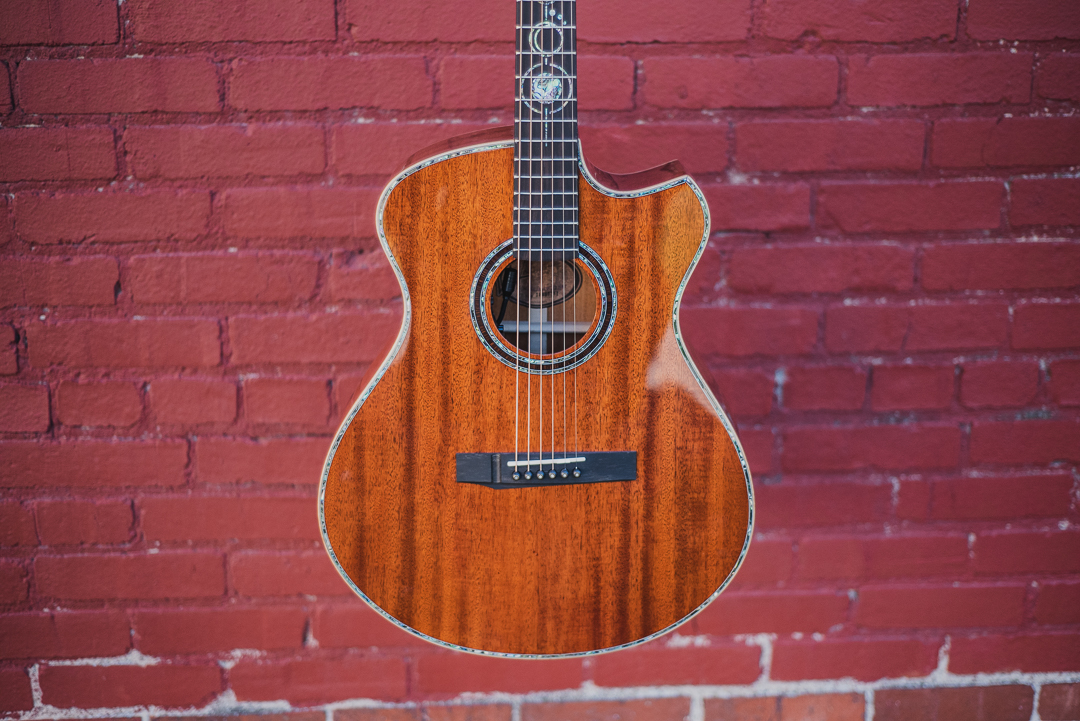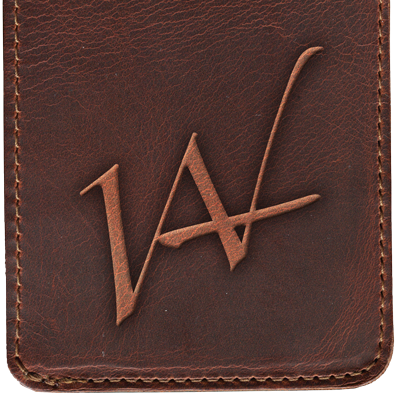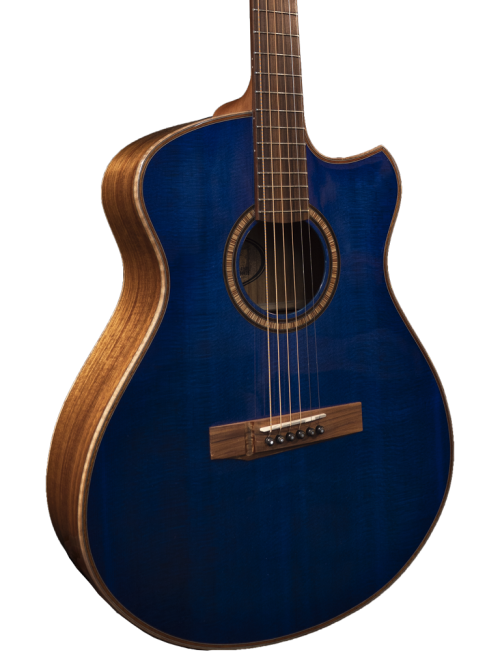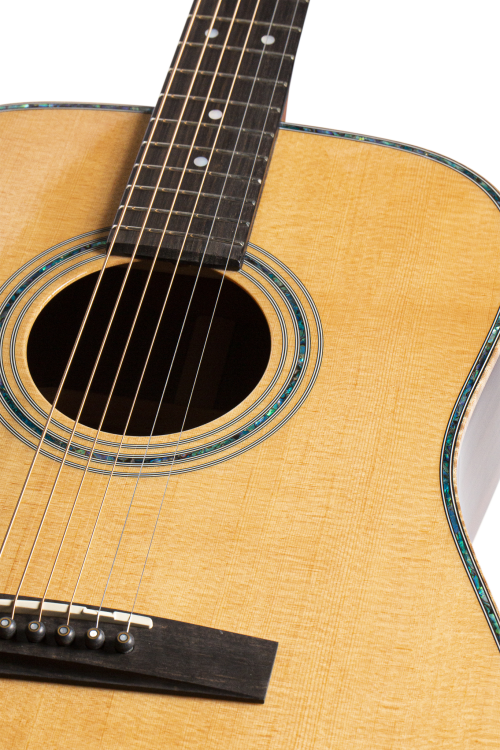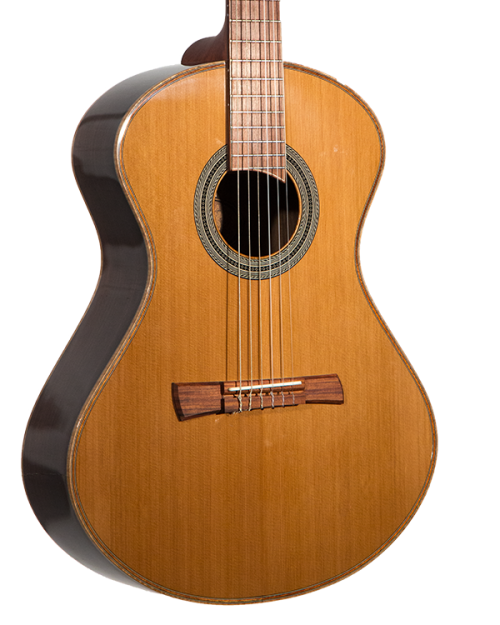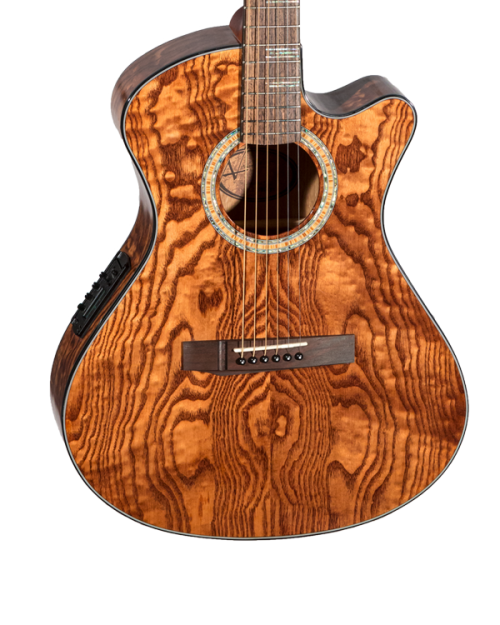Tonewood Spotlight: Jatoba
Jatoba keeps showing up more and more in recent guitar builds. You see it in everything from custom acoustic guitars to fretboards on production model electric guitars, as they search for a viable alternative to buck diminishing resources and rising prices of the much-lauded rosewoods. But what do we really know about this ruddy hardwood, other than it makes really beautiful floors?
Working at the Andrew White Guitars home base in Morgantown, WV, I’ve had the rare luxury to try out and A/B a variety of tonewoods in similar guitar bodies. The first thing I noticed when I picked up our all solid wood, Jatoba top F2002J (and later the F1002J) was its warm midrange. It didn’t have the same midrange bark that we are used to with Mahogany, but rather a rounder, fuller sound–rich in low mids, with clarity in the top end that rivals more traditional tonewood combinations.
The result was a tone I hadn’t yet experienced with an acoustic guitar, but one that was pleasing and desirable for its unique EQ curve. I especially loved the way single notes felt full and warm with a consistent tone across each string.
On our laminate back/sides models with a solid Jatoba top, such as the Cybele 100J, the sound captures the same woody midrange and clarity as its big sisters, but with a crisper and slightly less rounded tone–still a fantastic sound in its own right.
Our Jatoba models always seem to stand out to customers, and for good reason. If you’re looking for an alternative to the usual tonewoods, I highly recommend jumping into one of our Jatoba guitars. There’s a specific clarity and warmth to them that you won’t find anywhere else.
